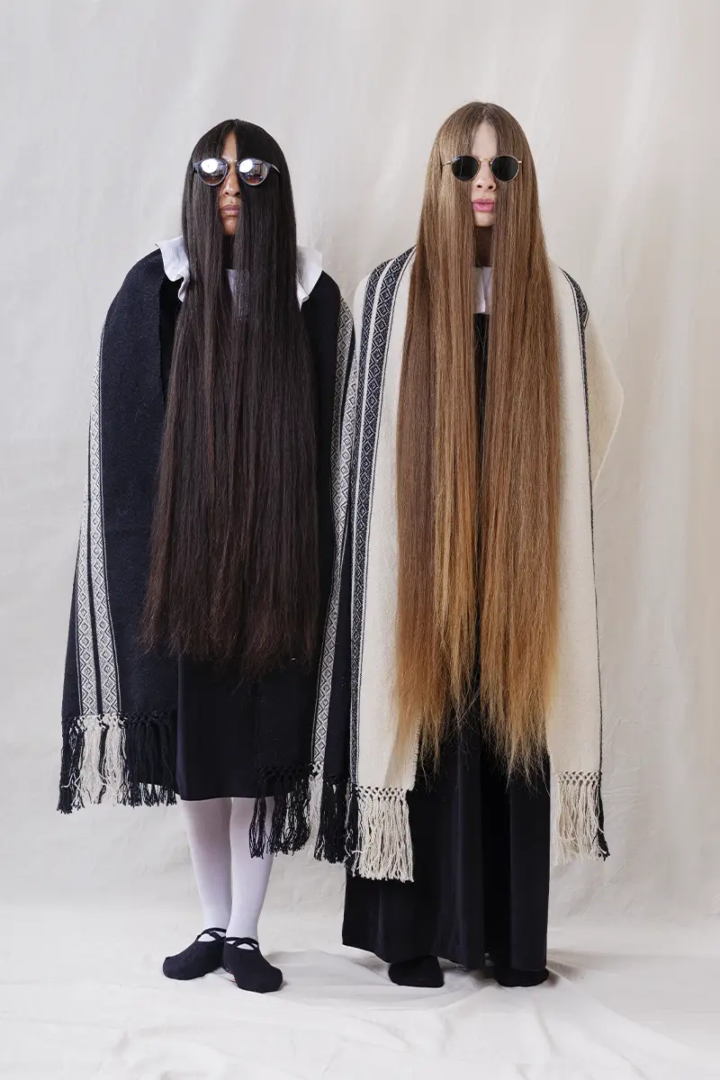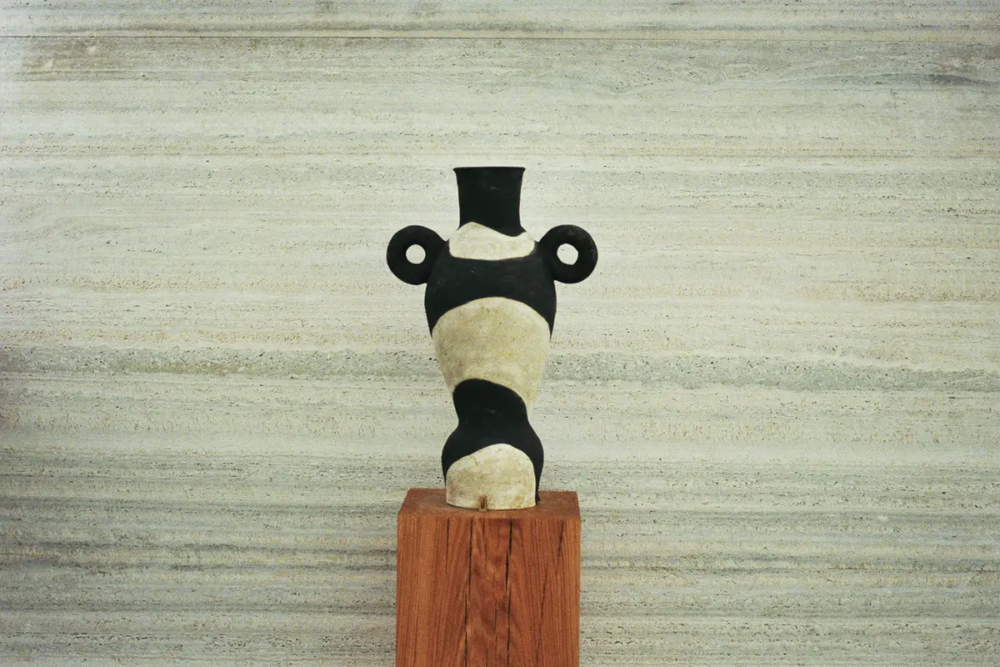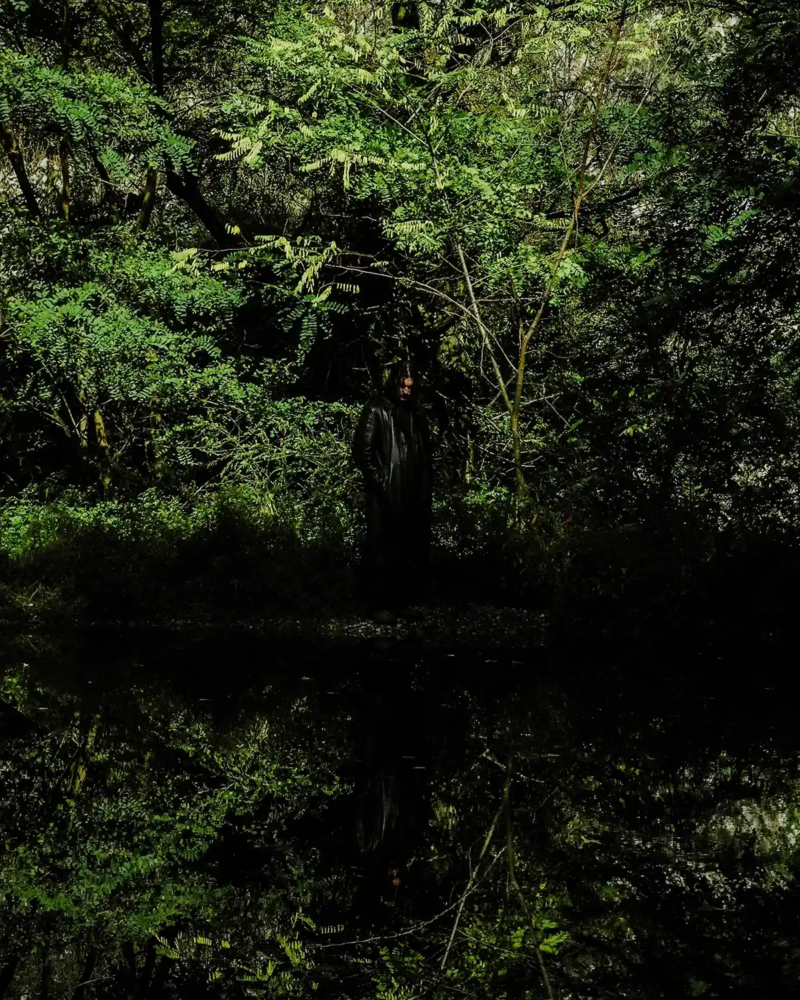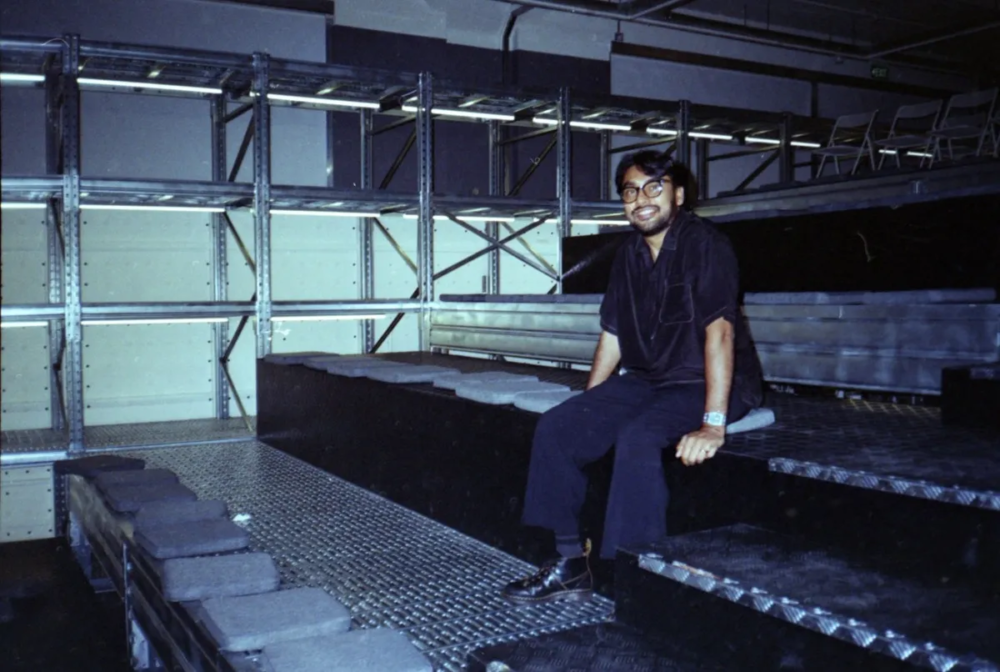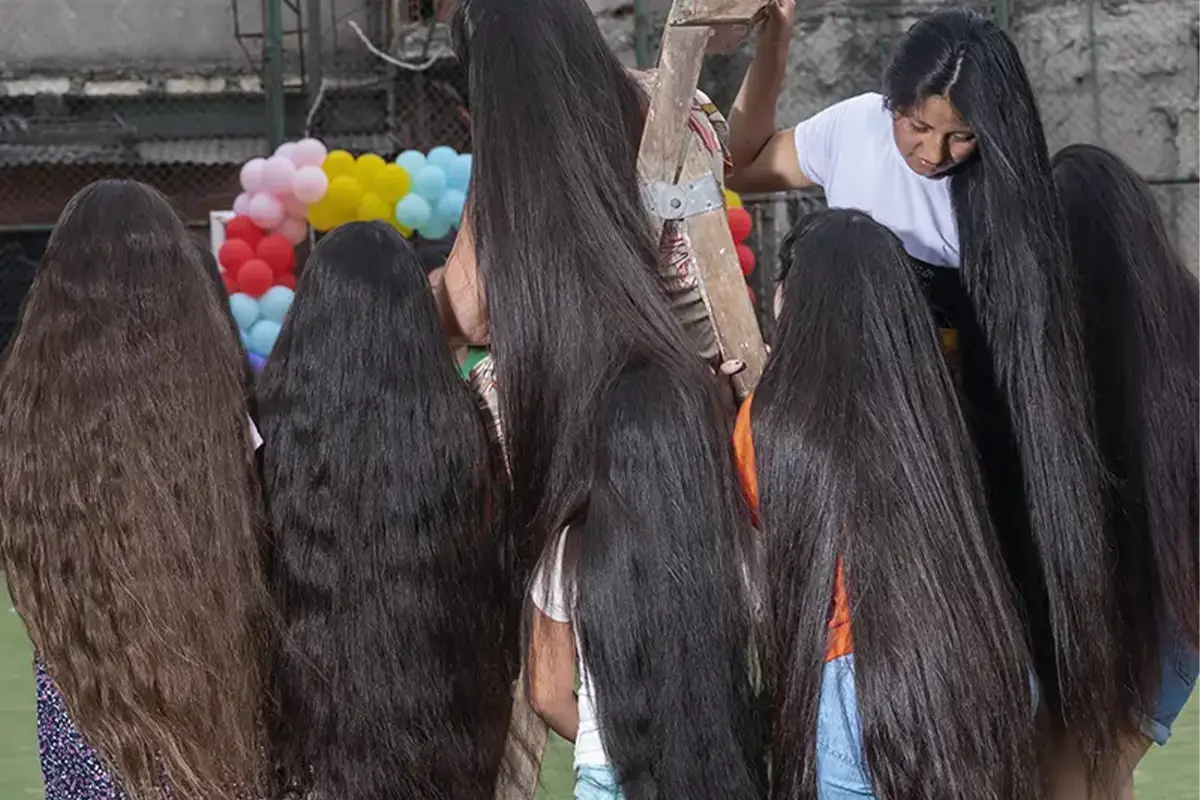
Mother Earth and the indigenous heritage. Ecology starts here according to Irina Werning
The value of cultural heritage isn’t in cultural manifestation itself, but in the wealth of experience and skills passed down from generation to generation. The work of Irina Werning for Lampoon
Irina Werning: For indigenous communities, hair is the physical manifestation of our thoughts
Hair is an extension of ourselves – the same is true with the thoughts of Mother Earth. The constant growth of plants since ancient times has been used by indigenous people for medicinal purposes and physical healing rituals. This relationship is based on a spiritual connection to Mother Earth that guided indigenous peoples to practice reverence, humility and reciprocity. It is also based on the subsistence needs and values extending back thousands of years. Everything is taken and used with the understanding that we take only what we need, and we must use care and awareness of how much, and how we take so that future generations will not be put in peril.
Dear Long Hair, the project by Irina Werning
Since 2006 I have been working on a personal project (Dear Long Hair – Las Pelilargas 2006-ongoing) where I search and photograph women with long hair in Latin America, mainly Argentina. A leader of the Kolla community (Argentina’s largest indigenous population) once told me: your hair is imperative; that’s your connection to the land. It’s the teaching that’s been passed down from generation to generation. The value of cultural heritage isn’t in cultural manifestation itself, but in the wealth of experience and skills passed down from generation to generation.
An heritage that enriches the global community
Indigenous mountain communities are connected to the land in ways that can often be expressed only in spiritual terms. Respecting this worldview, and preserving the languages, music, artwork, folktales and myths that express it, are critical for survival. This intangible heritage enriches the global community, providing inspiration and insights for realizing a more sustainable relationship between humankind and the environment.
Irina Werning
Freelance photojournalist who focuses on personal long-term projects. She is based in Buenos Aires, Argentina. Werning has a bachelor’s degree in economics, a master’s degree in history (Buenos Aires), and a master’s in photojournalism (London). She won the Ian Parry Scholarship (The Sunday Times Magazine and Getty) in 2006, the Emerging Photographer Fund—Burn Magazine (Magnum Foundation) grant in 2012, and she took first place in the Sony World Photography Awards, in the portraiture category, in 2012.
Werning was chosen by TIME magazine as one Nine Argentinian Photographers You Need To Follow in 2015, and her book Back to the Future was chosen by TIME as one of the best photobooks of 2014. In 2020, she was awarded the Emergency Covid Grant (National Geographic) and a Pulitzer Center Reporting Grant in 2021. She won the World Press Photo competition in 2022 in the Story, South America, category.
Editorial Team
